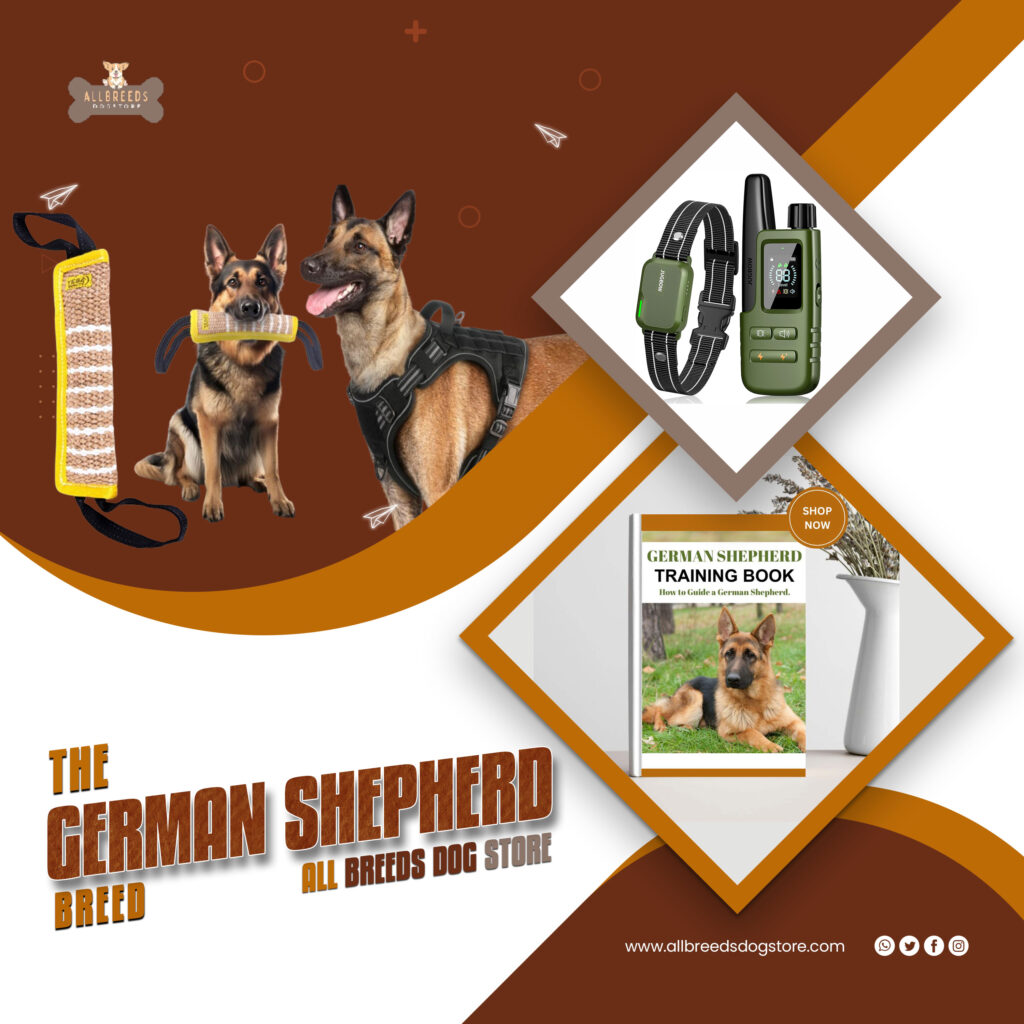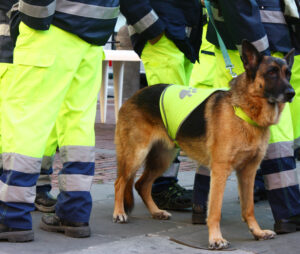German Shepherds are one of the most versatile and recognizable dog breeds in the world, known for their intelligence, loyalty, and striking appearance. While their classic black-and-tan coat is iconic, German Shepherds come in a wide array of colors and coat patterns that highlight their unique beauty. In this article, we’ll explore the fascinating world of German Shepherd coat colors, patterns, and what these variations reveal about this beloved breed.
Understanding Coat Genetics in German Shepherds
German Shepherd coat colors are determined by genetics. A variety of genes control pigmentation, resulting in the wide range of colors and patterns seen in this breed. The most common coat colors are a result of dominant and recessive genes, meaning some colors are more prevalent, while others are rare.
Primary Genes That Affect Coat Colors
Agouti gene (A-locus): Determines the overall coat pattern, such as sable or saddleback.
Extension gene (E-locus): Affects the presence of black pigment in the coat.
Dilution gene (D-locus): Lightens the intensity of coat colors, creating shades like blue or liver.
By understanding these genetic factors, breeders can predict and select for specific coat colors, although it’s important to prioritize health and temperament above aesthetics.
Popular German Shepherd Colors
1. Black and Tan
Description: The classic black-and-tan coat is the most commonly recognized German Shepherd color. It features a tan body with a distinctive black saddle pattern on the back and a black mask on the face.
Popularity: This coat color is the standard for most working and show-line German Shepherds.
2. Sable
Description: Also known as “agouti,” sable German Shepherds have a coat that consists of multi-colored hairs, with each strand featuring a combination of black and lighter shades (tan, gray, or silver). This creates a wolf-like appearance.
Unique Trait: Sable is the original coat color of the breed, and it’s often seen in working-line dogs.
3. Solid Black
Description: Solid black German Shepherds are striking and elegant, with a completely black coat. They are the result of a recessive gene.
Temperament: Black German Shepherds are prized for their bold and confident personalities, making them excellent working dogs.
4. Bi-Color
Description: Bi-color German Shepherds are mostly black, with minimal tan or rust markings typically limited to the legs, chest, and underside.
Distinguishing Feature: This coat pattern can sometimes be mistaken for solid black due to the small amount of tan visible.
5. Liver
Description: Liver-colored German Shepherds have a brown coat that results from the dilution of black pigment. Their nose and paw pads are also brown.
Rarity: Liver is a recessive color, making it less common. It’s not recognized by some breed standards, such as the AKC.
6. Blue
Description: Blue German Shepherds have a grayish-blue coat caused by the dilution of black pigment. They often have lighter-colored eyes, such as amber or yellow.
Controversy: Like liver, blue is considered a fault by some breed standards, but these dogs are beloved for their unique appearance.
7. White
Description: White German Shepherds have a striking all-white coat caused by a recessive gene. While visually stunning, white is not recognized as an acceptable color for show purposes by the AKC.
Popularity: White German Shepherds are often chosen as companion animals due to their beauty and gentle demeanor.
Rare and Exotic German Shepherd Colors
1. Panda
Description: Panda German Shepherds have a unique piebald pattern, featuring patches of white, black, and tan. This pattern is caused by a genetic mutation rather than crossbreeding.
Rarity: Extremely rare and controversial among breed purists.
2. Isabella (Lilac)
Description: Isabella-colored German Shepherds have a diluted coat that appears as a blend of blue and liver. Their nose is also a pale brown.
Rarity: One of the rarest colors due to the need for specific recessive genes from both parents.
Coat Length and Texture
In addition to color, German Shepherds also vary in coat length and texture.
1. Short Coat
Description: The short coat is dense and double-layered, providing excellent protection in harsh weather conditions.
Purpose: Ideal for working dogs due to its practicality and low maintenance.
2. Long Coat
Description: Long-haired German Shepherds have a luxurious, flowing coat that lacks the dense undercoat of their short-haired counterparts.
Temperament: Often considered more affectionate and family-oriented, although this is anecdotal.
Rarity: Long coats are less common and often excluded from conformation shows under AKC standards.
How Coat Colors Impact a German Shepherd’s Role
While coat color doesn’t directly affect temperament or ability, certain colors are more prevalent in specific roles:
Working-line German Shepherds: Often sable or bi-color due to their lineage and historical usage.
Show-line German Shepherds: Frequently black-and-tan or red-and-black, as these colors are favored in the show ring.
Companion Dogs: White and long-haired German Shepherds are often chosen for their aesthetic appeal and softer demeanor.
Misconceptions About German Shepherd Colors
1. Are Rare Colors Healthier or Weaker?
There’s no scientific evidence to suggest that rare coat colors, such as blue or liver, inherently impact a German Shepherd’s health. However, unethical breeding practices to achieve these colors can lead to genetic issues.
2. Do White German Shepherds Have Albinism?
White German Shepherds are not albino. Their white coat is the result of a recessive gene unrelated to albinism.
Caring for Different Coat Types
Regardless of color, all German Shepherds require regular grooming to maintain their coat’s health and appearance.
Grooming Tips
Brushing: Use a deshedding brush for short coats and a slicker brush for long coats. Brush 2–3 times per week to control shedding.
Bathing: Bathe only as needed to avoid stripping natural oils.
Diet: A healthy diet rich in omega-3 and omega-6 fatty acids promotes a shiny, healthy coat.





